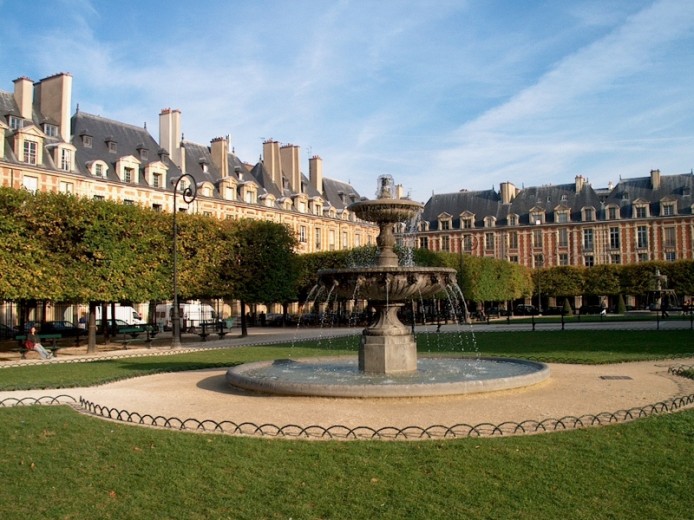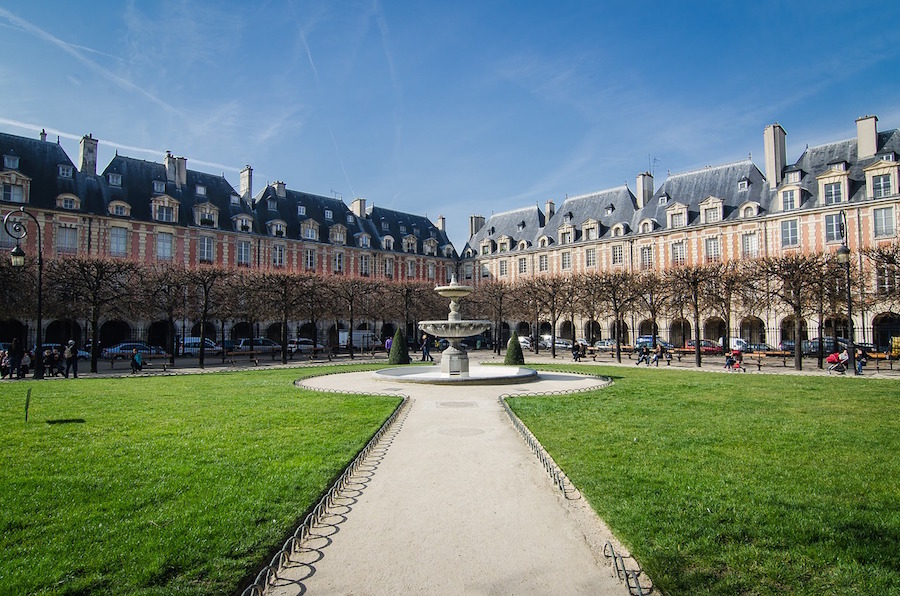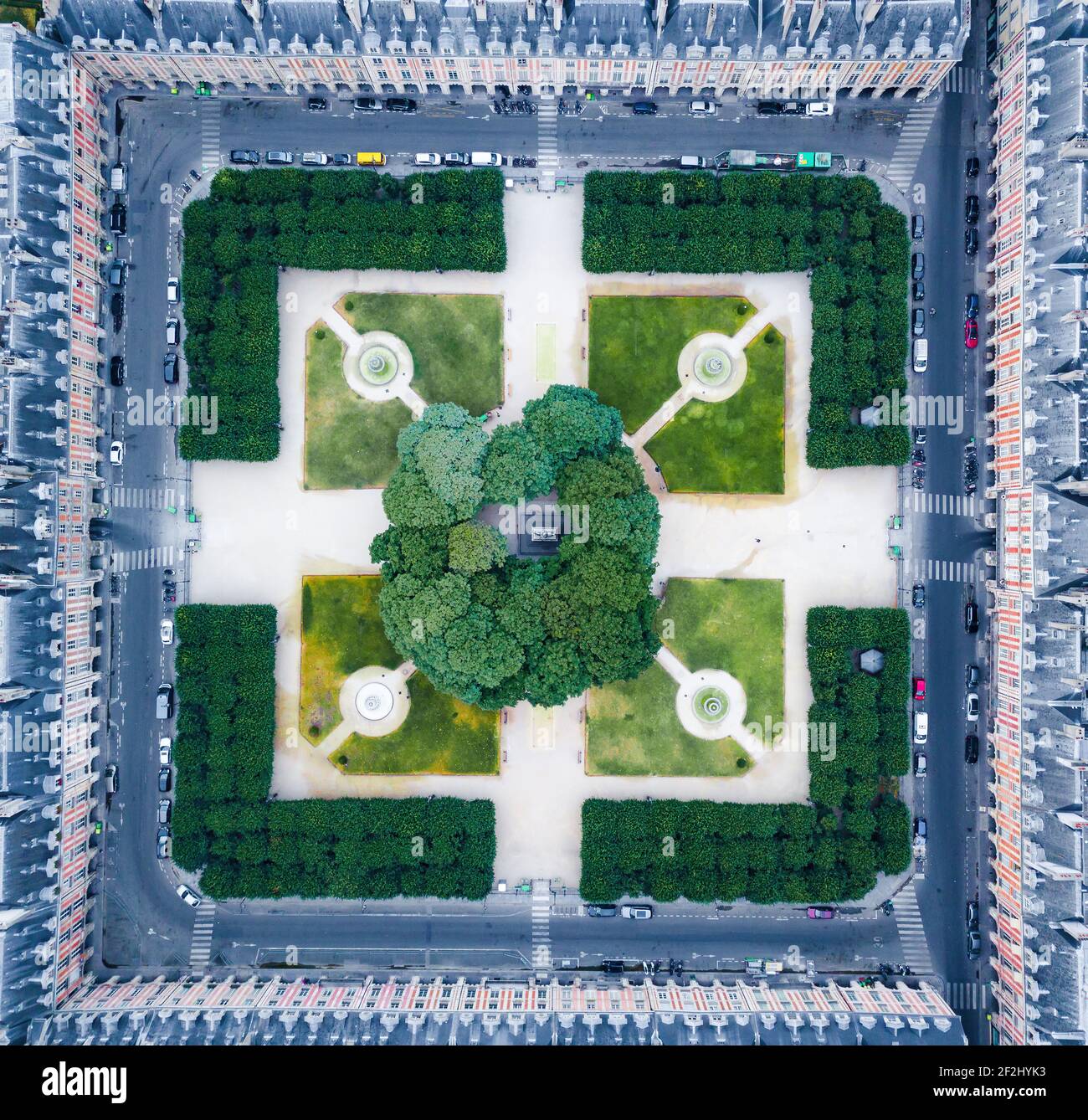Capturing Sensational Place des Vosges Photos: An Overview for Travelers
Capturing Sensational Place des Vosges Photos: An Overview for Travelers
Blog Article
A Comprehensive Overview to the Architectural Charm of Location Des Vosges
Place Des Vosges, established in the very early 17th century, exemplifies the building class of its time, providing a distinct look into the unified design concepts of the French Renaissance. The square's meticulously prepared red-brick exteriors, stressed by stylish stone outlining, show a dedication to proportion and aesthetic balance that was revolutionary for its period. Substantial sites within this historic site not just improve its visual appeal however likewise enrich its story. As we discover the detailed elements that specify this famous square, one should take into consideration the more comprehensive ramifications of its layout on metropolitan architecture.
Historical History of Location Des Vosges

The square was developed as component of a broader effort to enhance the city landscape of Paris, incorporating suitables of symmetry and order (place des vosges restaurants). Completed in 1612, the square included uniform façades, which were embellished with red brick and stone, developing a harmonious aesthetic that continues to affect urban planning today
Throughout the centuries, Place Des Vosges has offered different roles, from an imperial house to a lively public room, adapting to the transforming social and political landscape of France. Its importance is more emphasized by its organization with significant numbers, including the illustrious writer Victor Hugo, who lived there. Today, it stands as a treasured archaeological site, embodying the rich narrative of Parisian building and cultural heritage.
Architectural Attributes and Layout
Defined by its balanced layout and cohesive architectural style, Location Des Vosges showcases a remarkable blend of Renaissance and classic style aspects. The square is framed by 36 identical red-brick homes adorned with stone details, creating a harmonious aesthetic experience - place des vosges restaurants. Each façade includes a series of curved home windows and stylish dormer home windows, adding to the general symmetry of the set
The use of pointed arches is a significant attribute, enhancing the verticality of the structures which is typical of the French Renaissance. Ground-level games supply a sheltered pathway, inviting visitors to leisurely walk while taking pleasure in the building intricacies. The roofing systems, identified by steep inclines and slate floor tiles, further emphasize the harmony while enabling for reliable rain drain.
Landscape design within the square also plays a crucial duty in its style, with polished gardens and courses that echo the geometric accuracy of the architecture. The central fountain includes a prime focus, enhancing the tranquility of the surrounding area. Jointly, these building attributes not only reflect the aesthetic appeals of early 17th-century France yet additionally underscore the enduring legacy of Area Des Vosges as an exemplary version of urban planning and style.
Significant Landmarks and Buildings
Amidst the architectural splendor of Place Des Vosges, a number of significant spots and buildings stand out, each adding to the square's historical and cultural significance. The most popular of these is the Hôtel de Sully, an exquisite instance of 17th-century style, which now houses the Centre des Monuments Nationaux. Its grand frontage and delicately developed courtyard show the luxury of its era.

The square is likewise flanked by a series of identical brick and stone houses, characterized by their elegant galleries and harmonious proportions. These frameworks not just give a feeling of unity within the square however additionally offer as a home window into the architectural methods of the time.
Gardens and Eco-friendly Spaces
Snuggled within the vibrant surroundings of Place Des Vosges, gardens and eco-friendly areas use a calm contrast to the square's building grandeur. This historic square, recognized for its symmetrical design and rich background, is complemented by thoroughly kept yards that welcome both leisure and reflection.

Benches tactically put throughout the yards urge site visitors to sit and absorb the serene ambiance. Seasonal flowers flower in vivid colors, including a dynamic element to the views. Furthermore, the interplay of light and shadow cast by the bordering 17th-century structures creates a fascinating ambience, more enriching the experience.
In this harmonious blend of nature and architecture, the yards of Location Des Vosges are not simply an accessory to the square's appeal; they are an integral component of its charm, welcoming all to stop briefly and delight in the tranquil atmosphere.
Site Visitor Details and Tips
Planning a browse through to Area Des Vosges requires thoughtful consideration to fully value its architectural elegance and tranquil yards. Situated in the heart of the Marais district, this historical square is quickly accessible via public transport, with the nearest city terminal being Bastille.
For an ideal experience, consider checking out during weekdays to avoid the weekend break groups. Early early morning or late afternoon check outs provide the very best light for digital photography, boosting the elegance of the bordering 17th-century style.
It is suggested to use comfy footwear, as the rock courses can be unequal. Furthermore, bringing a picnic is a delightful method to take pleasure in the rich greenery; nonetheless, be mindful of keeping the tidiness of the location.
While discovering, take the time to appreciate the square's special art galleries and boutiques. Bathrooms are limited, so plan appropriately.
Finally, do not miss out on the possibility to see the Maison de Victor Hugo, located at number 6, which provides insight right into the life of the renowned author who stayed there. With cautious preparation, your see to Area Des Vosges will certainly be an unforgettable exploration of Parisian heritage useful site and tranquility.
Final Thought
In recap, Area Des Vosges exhibits the architectural splendour of very early 17th-century France, defined by its balanced format and unified layout. As one of Paris's most differentiated websites, Location Des Vosges stays a crucial piece of the city's architectural and social heritage.
Place Des Vosges, developed in the early 17th century, exhibits the building sophistication of its time, providing an unique peek into the unified design principles of the French Renaissance.Characterized by its in proportion layout and natural building style, Location Des Vosges showcases an exceptional blend of Renaissance and timeless layout components. Collectively, these architectural attributes not only mirror the looks of early 17th-century France but additionally emphasize the enduring heritage of Place Des Vosges as an excellent version of metropolitan preparation and style.
Amidst the building elegance of Area Des Vosges, numerous significant landmarks and structures stand out, each contributing to the square's historic and cultural importance.In recap, Location Des Vosges exemplifies the architectural splendour of very early 17th-century France, identified by its in proportion design and unified layout.
Please visit one of our local supporters - Mustang Carbon M156 Engine
Report this page